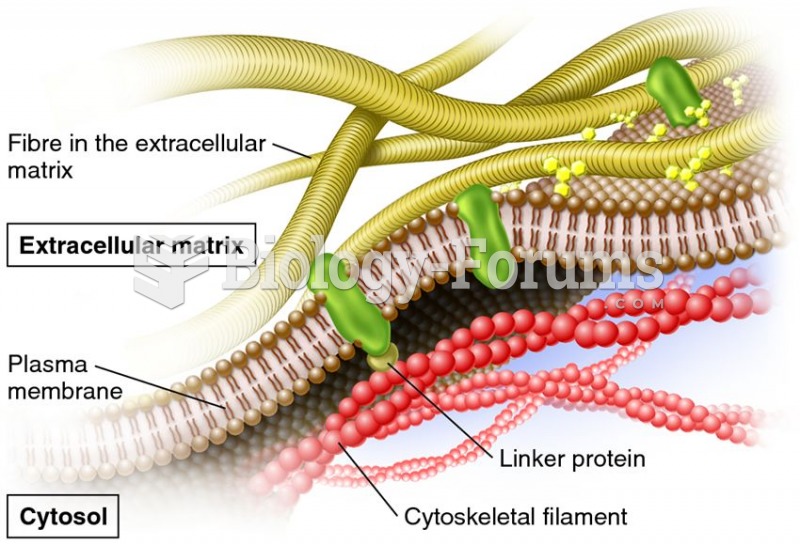|
|
|
Vaccines prevent between 2.5 and 4 million deaths every year.
Your skin wrinkles if you stay in the bathtub a long time because the outermost layer of skin (which consists of dead keratin) swells when it absorbs water. It is tightly attached to the skin below it, so it compensates for the increased area by wrinkling. This happens to the hands and feet because they have the thickest layer of dead keratin cells.
The calories found in one piece of cherry cheesecake could light a 60-watt light bulb for 1.5 hours.
The familiar sounds of your heart are made by the heart's valves as they open and close.
The Centers for Disease Control and Prevention (CDC) was originally known as the Communicable Disease Center, which was formed to fight malaria. It was originally headquartered in Atlanta, Georgia, since the Southern states faced the worst threat from malaria.







